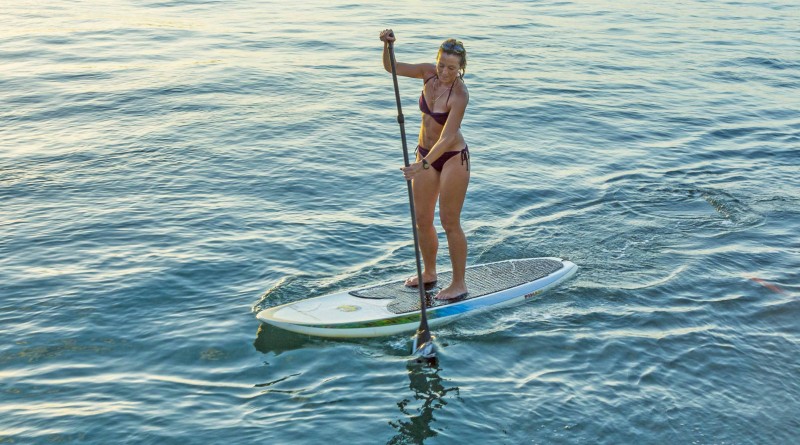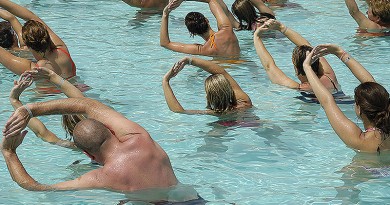Paddle Surf. A whole new way of surfing
Paddle Surf, or stand-up Surfing, is one of the latest sports activity trends, it already has many fans around the world.
Stand up paddle surfing, also known as Paddle Surf or stand up paddle boarding, is a trendy is a sport practiced on a surfboard. born in Hawaii, the sport has quickly spread worldwide.
Stand-Up Surf can be easily practiced by men, women, children, fat, slim, since it does not require special physical preparation. As soon as it was born, this sport quickly spread to all the beaches in the world. It is normally performed by standing on the surfboard, using a paddle to move on water. Preferably performed in calmer sea waters, the Stand-Up Surf can also be practiced on waves.
Being a complete and fun activity, Paddle Surf promotes contact with nature like few sports can, it represented a new breath, very important in the surfing industry, which even has been connoted with the elites and is seen as physically demanding. The Stand-Up Surf has managed to achieve great success with new practitioners due to the simple fact of being accessible to all ages and physical conditions.
Although this way of surfing with paddling have been consistently practiced over time by indians and surfers, in places such as Polynesia and Hawaii, the designation of the Paddle Surf as we know today would have appeared with surfers Brian Keaulana, Rick Thomas, Archie Kalepa and Laird Hamilton, on Hawaiian beaches. This form of surfing was practiced as training, when there were no waves on the sea that allow the practice of classic surf.
Due to the great popularity that this practice began to reach at the beach of Makaha, Hawaii, Brian Keaulana He decided to register it as a division of the famous Surf Championship “Buffalo Big Board Contest” that happened there and named it “beach boy surfing”. Adherence was huge and had more than 49 participants at the first edition.
However, it was Rick Thomas, a veteran of the Vietnam war, that brought the modern version of Paddle Surf to the United States of America, in 2004, immediately gaining a considerable number of supporters, no longer being an essentially Hawaiian practice.






